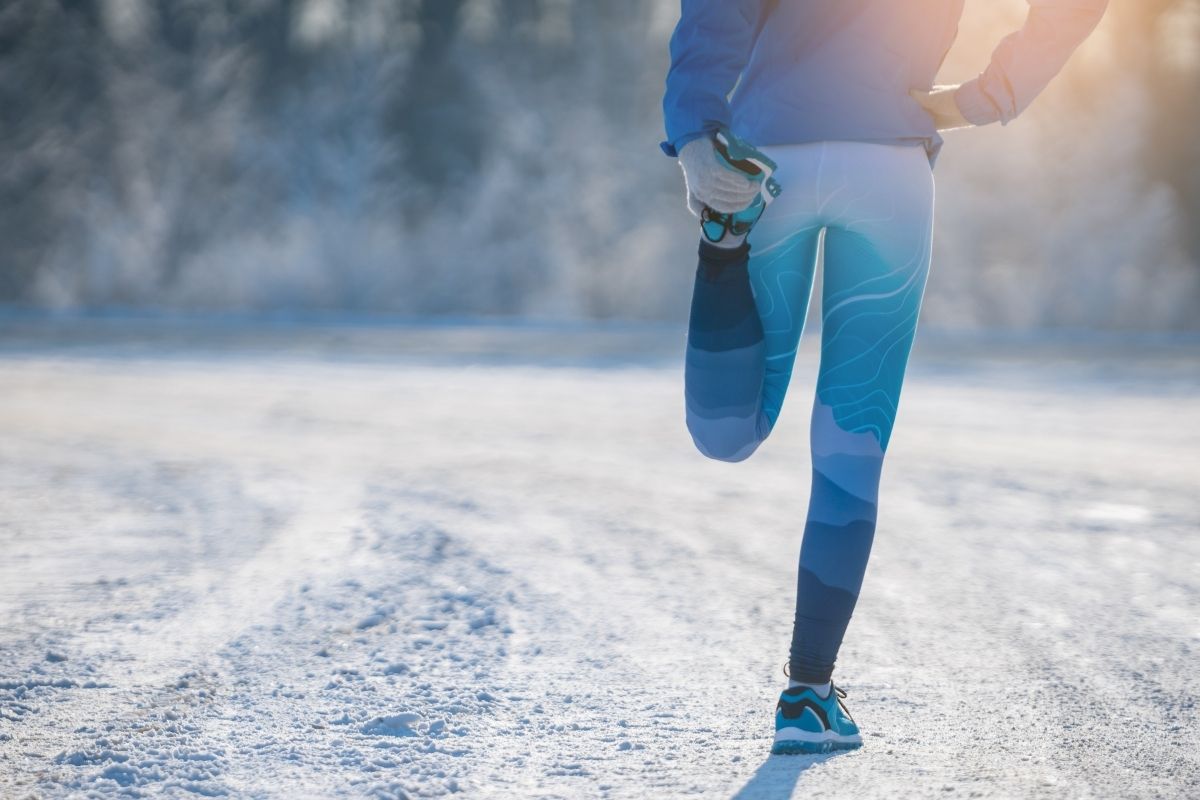
Winter provides opportunities for skiing, snowboarding, and skating, not to mention the challenge of keeping up your running regimen through the cold. But as we take advantage of winter sports to stay fit through the winter, we take on the wear and tear we’d usually run up the rest of the year.
The thing about nagging injuries in the wintertime is that they don’t just take you out of action—they discourage you from getting back into action, too. It’s all too easy to turn recovery days into a rut; when sitting on the couch and binge-watching feels this good, why do anything until April? But with the right techniques for managing winter sports injuries, you can avoid putting a permanent indentation in the couch cushions and get back into the real groove.
Stay Stretched Out
Just like swimming in the summer, activities like ice skating and skiing use muscles you don’t regularly use. Make sure you do your stretches before winter activities to get yourself properly limber, especially when you’re fighting against cold weather as well. A good stretching plan should reduce the risk of aggravating minor injuries and keep new injuries from developing. Stay conditioned, and don’t try to dive right into strenuous winter activities.
Rest, Ice, Compression, Elevation
After you’ve run yourself ragged on the rinks, the last thing you think you need is more ice. But the tried-and-true RICE method is just as effective for winter sports injuries as it is the rest of the year. As you recuperate, the key to a successful RICE recovery is not to let yourself get too comfortable with the notion of taking time off. Gradually reincorporate physical activity after an injury, striking a balance between rushing back from injury and waiting through the rest of the winter to get back out.
Ultrasound
Sometimes, RICE is not enough to get you back off the sidelines. After a long winter of activities, the aches and pains that come from muscle tears may feel as if they’ll never go away. But with targeted ultrasound, you can speed up the healing process on muscles, ligaments, and tendons. Ultrasound waves heal soft tissue by directing more blood and lymph to the site of the injury, accelerating recovery and relieving pain. Psychologically speaking, the action of handheld ultrasound helps you feel as if you’re doing something constructive to speed up your healing as you manage your winter sports injuries.



